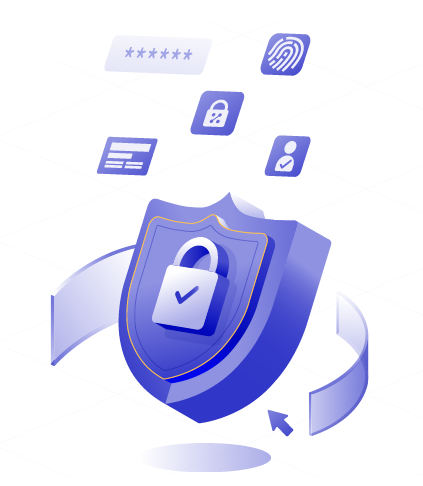Automation to Autonomy:
How Agentic AI Powers
the Next Era of Operations
For decades, enterprises optimized workflows with automation—but only within the boundaries humans defined. When rules broke, so did the process. Agentic AI operates differently. It doesn’t require a script; it understands the context, makes decisions, and adapts on its own. Additionally, it reasons, plans, and acts. Ask a model to make coffee, and it identifies the need for coffee grounds, water, and a machine. Ask it to approve a loan, and it won’t wait for you to fill in the blanks. It verifies assets, flags inconsistencies, requests missing documents, and applies underwriting rules without human handholding. This is not faster automation, but a sign of intelligent autonomy that evolves with every task.
What is Agentic AI, and why is it different this time?
So, what does autonomy truly look like in practice in an enterprise? How does it differ from today’s automation landscape? And if Agentic AI is ready to take the lead, what happens to the existing RPA and AI/GenAI-based automation solutions enterprises have heavily invested in? Agentic AI follows a four-step loop for problem-solving.
This is the step change: from automation that needs constant guidance to autonomous agents that reason, adapt, reflect, and execute—pushing enterprises toward a future of operational independence and intelligent automation.
Enterprise stakes are unforgiving
In the consumer world, we see glimpses of this already: AI agents booking travel, managing tasks, and connecting seamlessly with services like DoorDash or OpenTable. But the enterprise world is where the true potential—and complexity—lies.
In the consumer world, an AI agent making a less-than-perfect restaurant recommendation is an inconvenience. In an enterprise, an AI agent mismanaging a financial transaction or breaching data governance policies can mean regulatory penalties or reputational damage. This fundamental gap in risk and responsibility is where enterprise adoption becomes nuanced.
Here’s what sets Agentic AI in enterprises apart:
Enterprise autonomy demands a
unified approach
Enterprises across industries—whether banking, manufacturing, or retail—are converging on common goals: enhancing employee and customer experiences, reducing operational costs, generating new revenue streams, and mitigating risks. But enterprises don’t need another tool or a few standalone AI agents. What they need is a platform that connects everything—people, processes, and technology—into a cohesive ecosystem. Platforms, like EdgeVerve AI Next, are designed to handle multi-agent collaboration at scale, so each specialized agent can work without bumping into siloed systems or outdated interfaces.
A Neural Connect layer of the platform blends the power of large language models with a low-code/no-code interface, making it easy to spin up new agents or refine existing ones. Better yet, it’s built for the real world: complex processes, legacy integration, and strict governance. This layer tracks data origins, enforces responsible AI practices, and keeps humans in the loop whenever decisions need a second glance. It’s autonomy without the anarchy—an approach that extends the benefits of Agentic AI (reasoning, adaptability, reflection, and execution) across the entire enterprise.
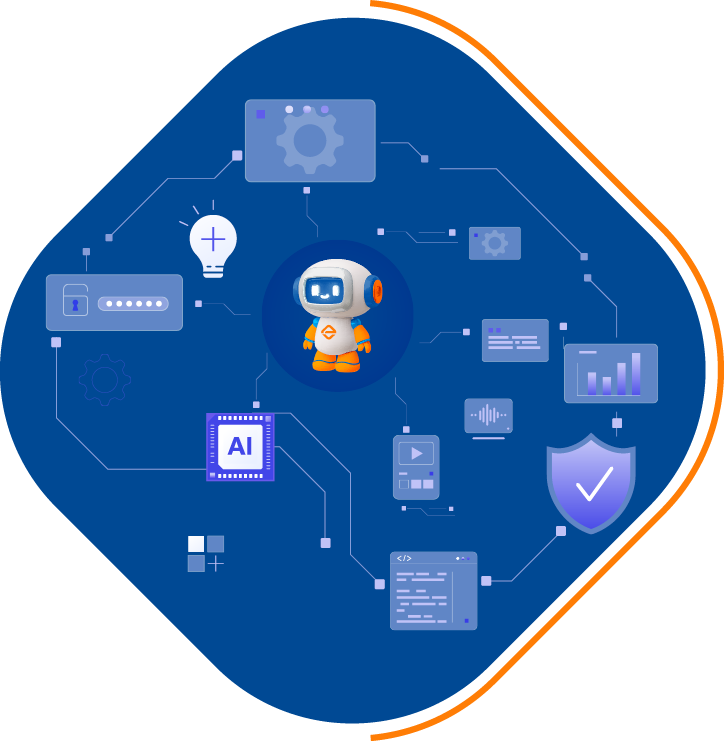
The four key adoption patterns of Agentic AI in enterprises
But it is not an overnight transformation. Agentic AI adoption in enterprises can be understood through four distinct patterns, each representing a level of maturity and capability. Each of the following adoption patterns taps into and benefits from a platform’s built-in provenance checks, operational analytics, and clear oversight, ensuring that every decision is accountable, and every action is transparent.
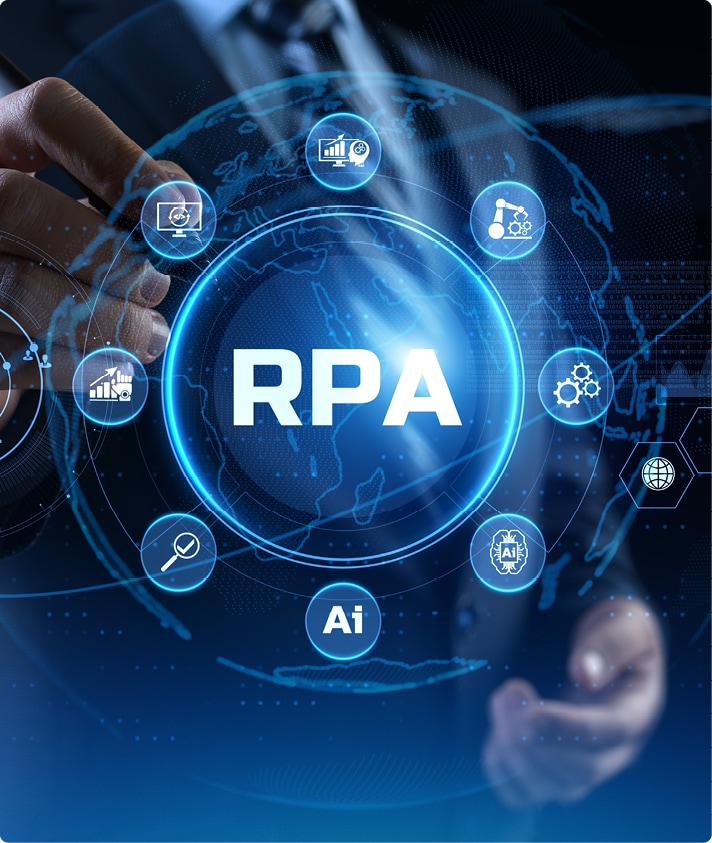
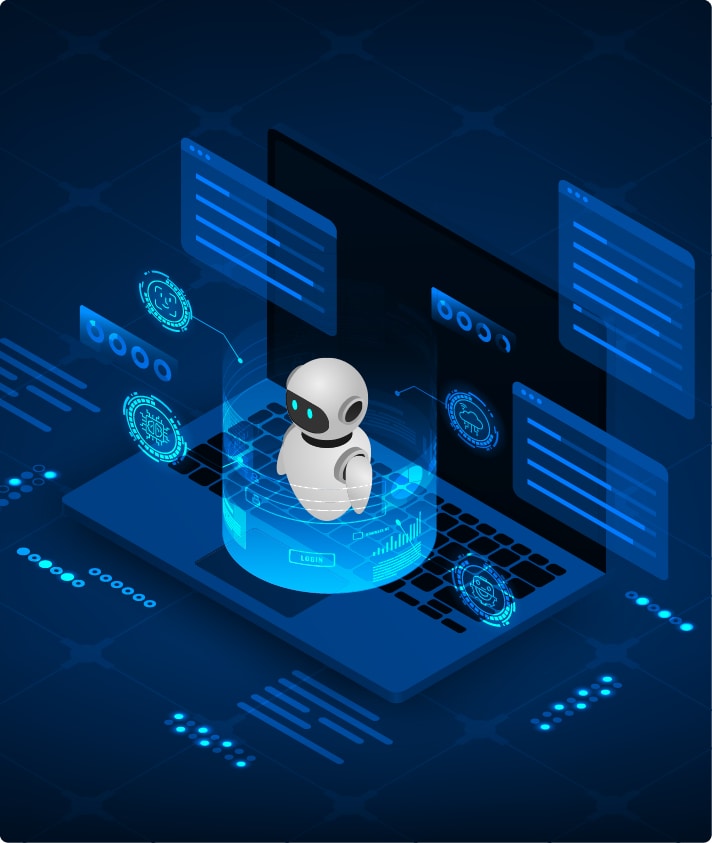
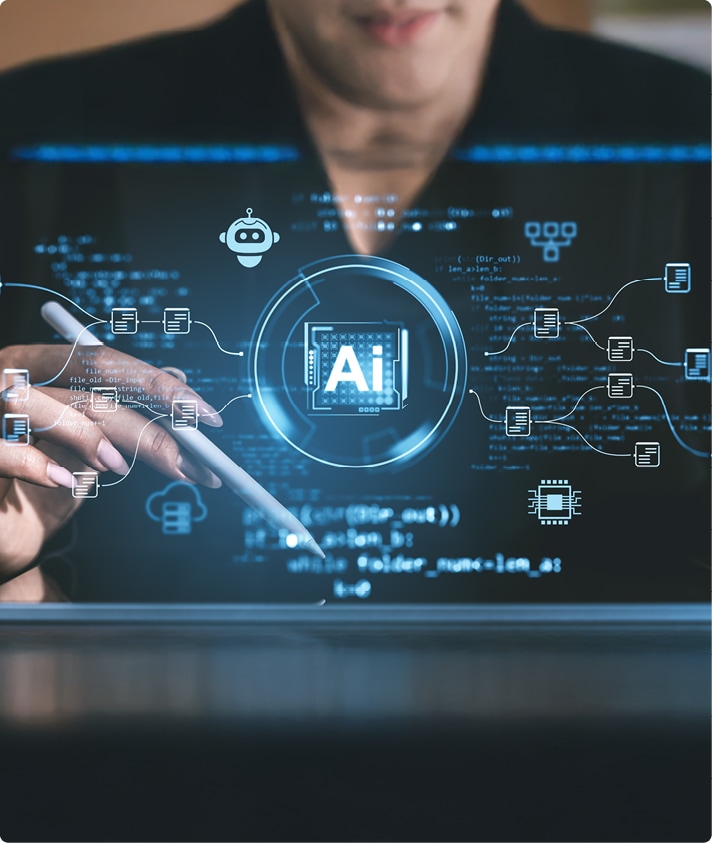
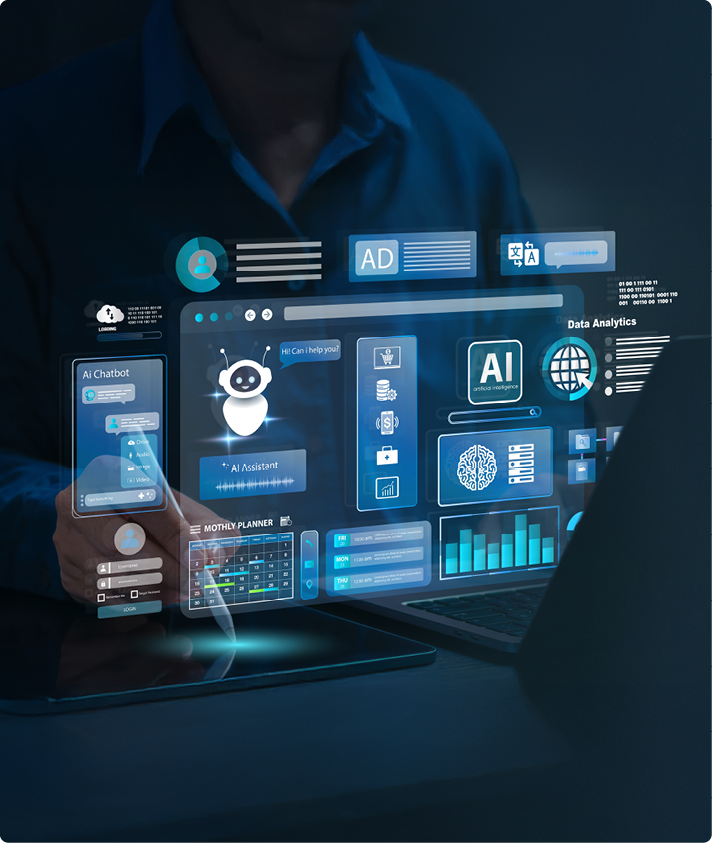
- Agentic Process Automation (Agents as RPA++)
- Agentic Assistant Amplification (Agents as a Colleague)
- Agentic Insight Generation (Agents as the New Search)
- Agentic Experience Augmentation (Agents as the New Interface)
Agentic AI can transform enterprises—but only if enterprises transform first
Autonomy demands discipline. Enterprises must enforce legal, process, and technical guardrails to ensure that AI operates within their complex environments.
Legal guardrails mandate regulatory compliance across geographies and safeguard intellectual property at every step.
Process guardrails embed AI governance into daily operations, continuously scanning for risks, auditing decisions, and scaling governance beyond isolated pilots.
Technical guardrails ensure Responsible AI is built in from design to deployment, anticipating threats and mitigating them across diverse use cases.
Enterprises need a platform built
for evolution, not disruption
Agentic AI is not a clean break from the past. Enterprises will continue to run RPA for repetitive tasks, AI/GenAI for data-driven insights, and Agentic AI for dynamic decision-making—often within the same process. This coexistence demands a platform that bridges all three, allowing enterprises to evolve without disruption.
Managing RPA, AI/GenAI, and Agentic AI simultaneously is like renovating a building floor by floor while business continues uninterrupted. The foundation remains stable, operations stay intact, but each upgrade adds new layers of intelligence and flexibility. Generic frameworks won’t cut it. Enterprises need a purpose-built platform that allows AI agents to reason, adapt, and act autonomously while keeping existing systems reliable and secure.

Badri Devalla,
PhD, AVP AI & Automation Solutions,
EdgeVerve

Rama Kolukula,
Client Solution Head,
EdgeVerve
